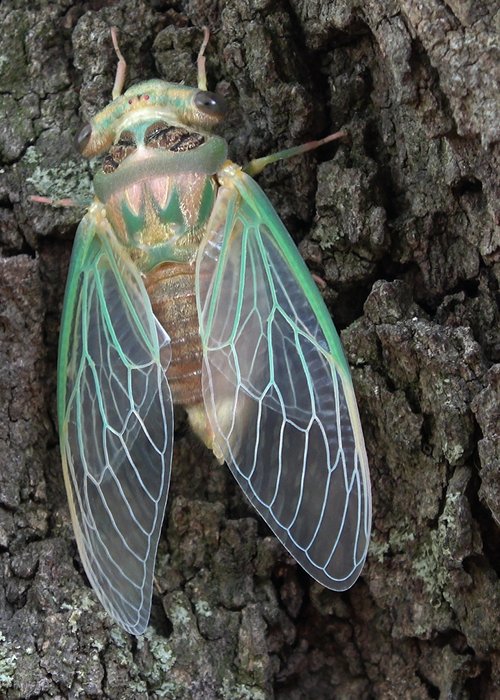The Midwest and Southeastern United States will be swarmed by more than a trillion cicadas this spring. This is an extremely rare event that hasn't happened since 1803. The surge in the cicada population is due to the simultaneous emergence of two distinct groups. But what makes them different? The biology of the cicada is truly fascinating and distinctive: this insect spends many years underground in its larval state, then emerges as an adult to sing for a season, just long enough to reproduce before dying. When the larva emerges from the ground to metamorphose into the adult, it sheds its outer cuticle, known as the exuvia, which remains attached to rough surfaces such as tree bark. You've probably seen those peculiar 'hollowed-out insects’ that look a bit like aliens, especially in coastal areas in Italy: they're actually cicadas' exuviae. But what has triggered this invasion in the US? Cicadas spend 13 or 17 years in their underground larval state, always an odd number of years, or more precisely, always one of these two prime numbers. The reason behind the functioning of this peculiar biological clock isn't entirely clear. It's thought that the synchronised emergence of adult insects is a defence mechanism against predators. The cycle of short periods of immense abundance followed by long periods without cicadas confuses and starves potential predators. This year, an impressive 12 broods of 17-year-old cicadas and three of 13-year-old cicadas will emerge from the ground at the same time.




